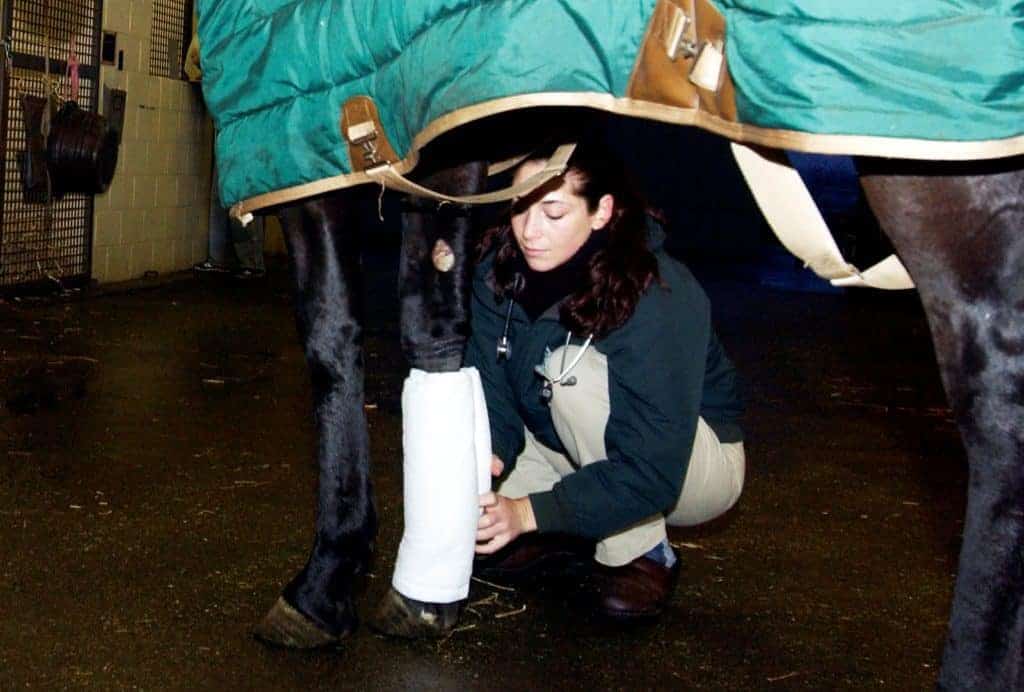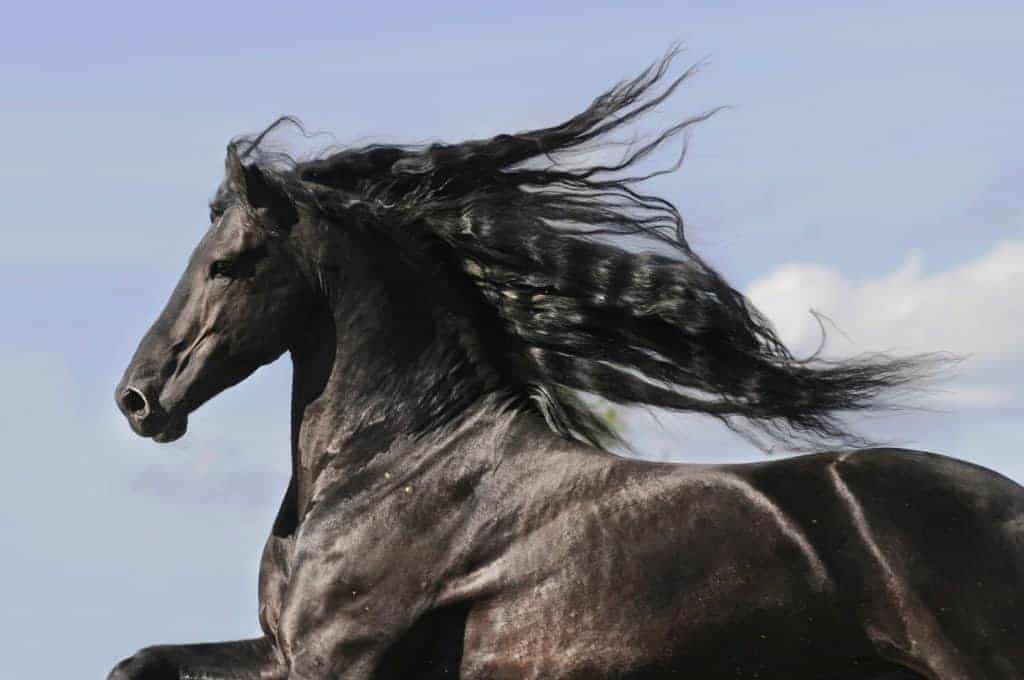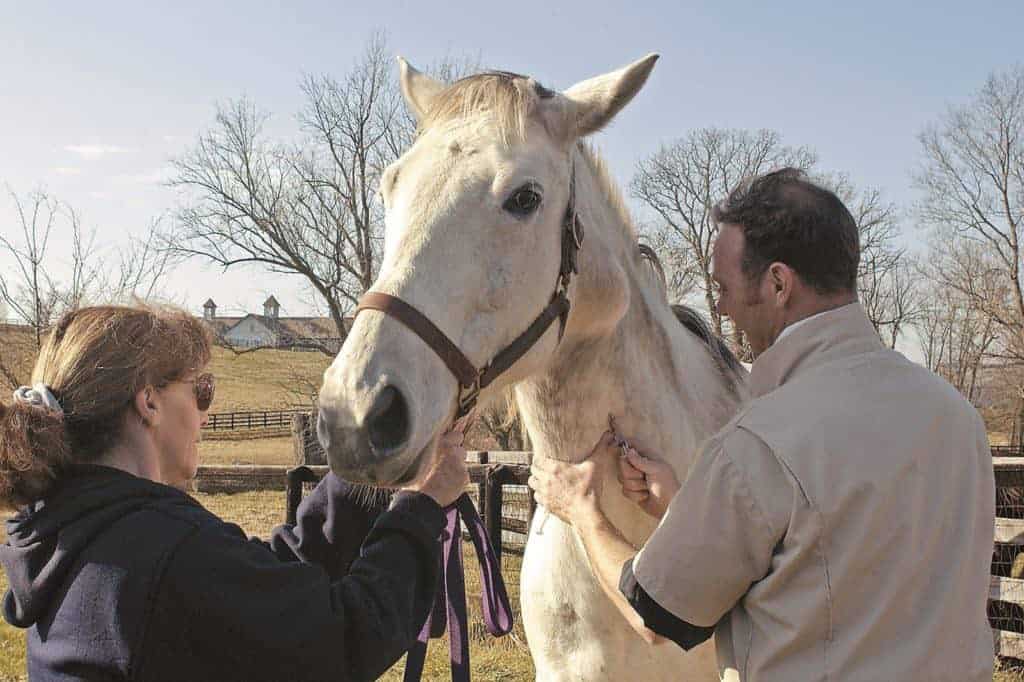
Top Equine Medicine Studies of 2013
Carol Clark, DVM, Dipl. ACVIM, shares her picks for the top equine medicine studies of 2013.

Carol Clark, DVM, Dipl. ACVIM, shares her picks for the top equine medicine studies of 2013.

Vets have made great strides in EMS diagnosis and management, but there’s still much work to be done.

Researchers are still working to fully understand what impact aging has on the equine immune system.

Researchers found that a surgical procedure intended to control cribbing is very effective.

Wounds treated with the SPF dressing had significantly decreased wound areas and granulation tissue scores.

EOTRH is a painful, recently identified condition that primarily affects horses’ incisors and canine teeth.

Attendees discussed fungal keratitis, ocular medications, and equine recurrent uveitis.

Vets caring for Friesians should interpret a few tests differently than they would in the average horse.

When in their early stages, melanomas are small and can seem insignificant, but many are extremely invasive.

Researchers found that monovalent WNV vaccines produced a titer levels than combination vaccines.

Researchers are studying the ill-defined syndrome of “stress” and its potential role in ulcer development.

Achieving a sustainable racing career following tendon or ligament injuries remains a challenge, one vet says.

Veterinarians are reporting increasing numbers of horses being diagnosed with pigeon fever.

Dr. Pat McCue describes the reproduction studies from the past year he deemed most important and useful.
Attendees discussed diagnostic and treatment options, among other topics.
Veterinarians agree that more research is needed on Lyme disease in horses.
Stay on top of the most recent Horse Health news with
"*" indicates required fields